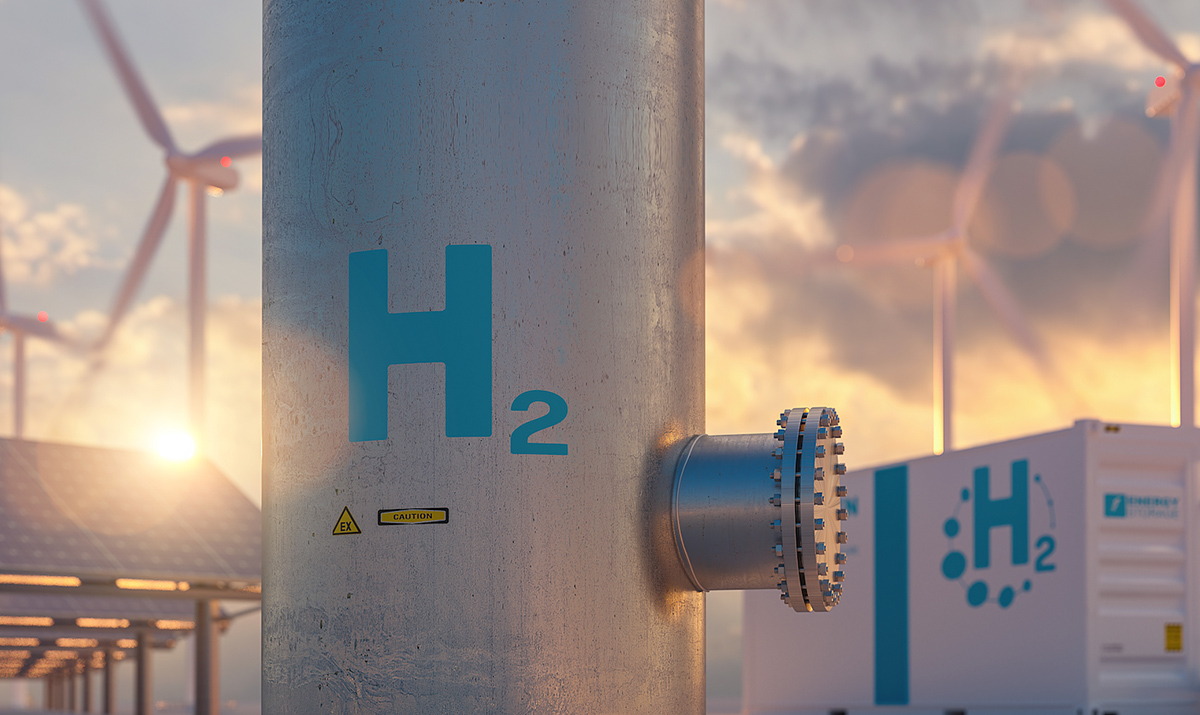
17 Nov Behind the curtain of Oman’s circular economy
Oman’s goal to become a leader in hydrogen and sustainability is sparking global interest
In recent years, the government in Oman has been actively promoting sustainability and circular economy practices as they aim to minimize waste generation, maximize resource efficiency and transition towards green energy solutions. Creating a supportive environment for these practices has been crucial and the country is already attracting interest from investors around the globe.
One of the areas in which Oman has already enjoyed great success is in its move towards sustainable waste management. The Sultanate now boasts 67 waste recycling facilities that collect and recycle 31% of the country’s waste collected in engineered landfills. The country has also launched a national waste management register which efficiently monitors and records waste collection and transportation from various sources to treatment sites. “One of the main drivers right now is green initiatives; protecting the environment is critical for global investors,” explains Tariq Ali Al-Amri, CEO of Oman Environmental Services Holding Company (be’ah). “By building our new facilities and ensuring a circular economy in Oman at the highest level, we are enabling the participation of investors who are keen to safeguard the environment.”
Renewable energy is another area where Oman hopes to become a global leader as the country plans to take full advantage of the abundance of sunshine and the potential for wind power. These high-quality renewable energy resources and vast tracts of available land make it well-placed to produce huge quantities of low-emissions hydrogen. Oman aims to produce at least one million tons of renewable hydrogen a year by 2030 and up to 8.5 million by 2050. This could transform the fledgling industry into one that is capable of attracting significant investment and at the same time reducing the country’s natural gas consumption and emissions.
“US companies are welcome to enter Oman and introduce any technologies that can benefit and accelerate projects, especially in green hydrogen and new energies,” reveals Abdul Rahman Al Yahyaei, CEO of The Oman Energy Association. “We have a well-regulated process for foreign companies interested in entering Oman. The government has established Hydrogen Oman as the main focal point for foreign investors wanting to invest in green hydrogen. We have also developed a one-stop shop for investors with clear incentives and regulations in place. We currently lack the necessary infrastructure and technologies, but local companies are on board to support the transformation. We need to develop our resources. Oman is focusing on transitioning towards a diversified energy mix. We currently produce electricity from solar energy and developed the first wind farm in the Gulf region in Dhofar, which powers more than 500 houses in the area. There are also solar projects in Ibri that produce 500 megawatts of power, with further phases expected to ramp up output by another one gigawatt.”
